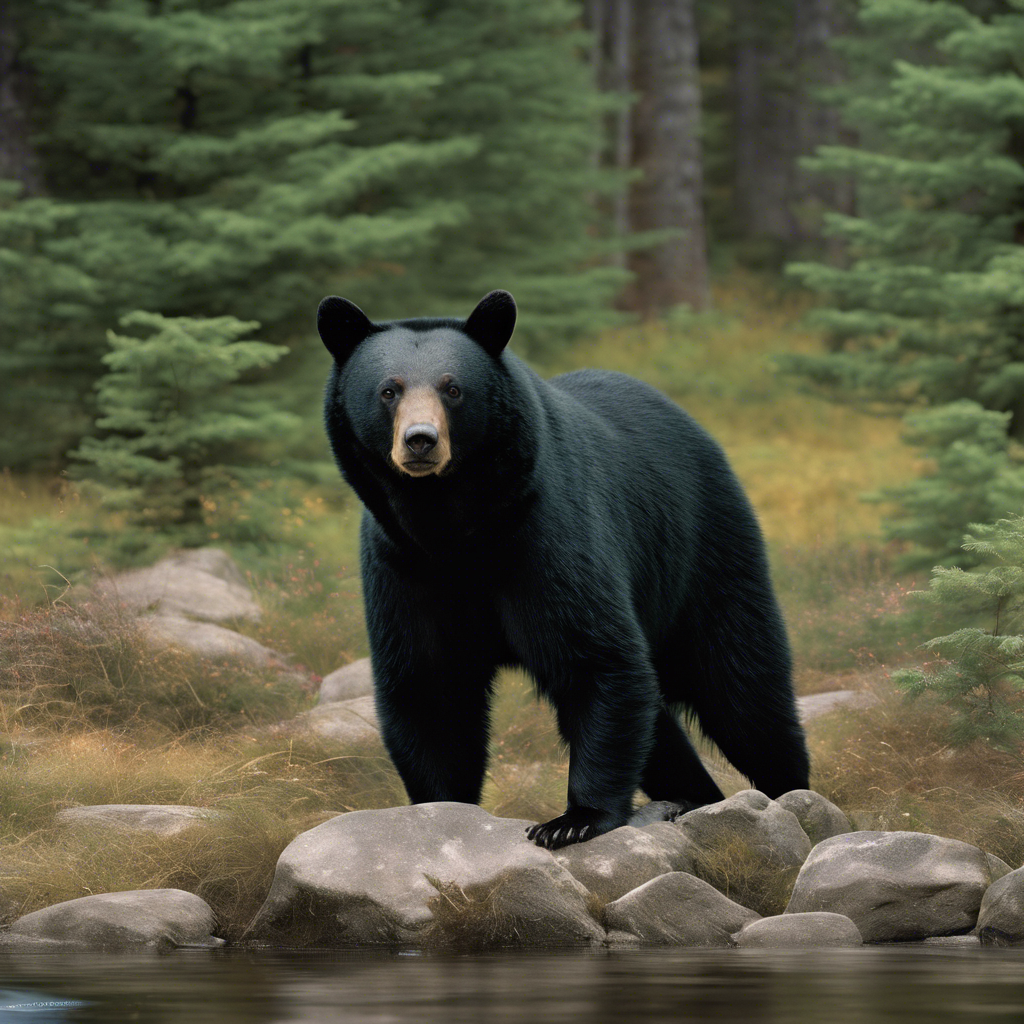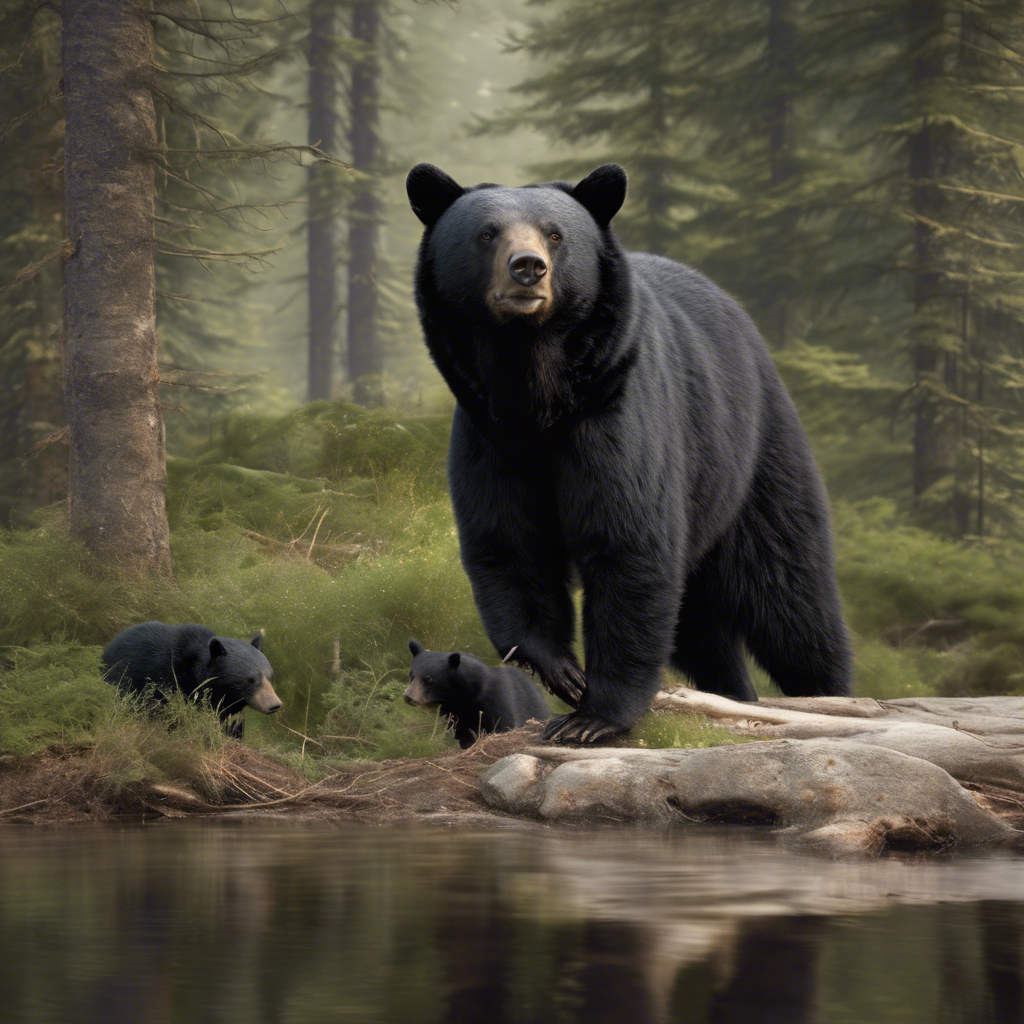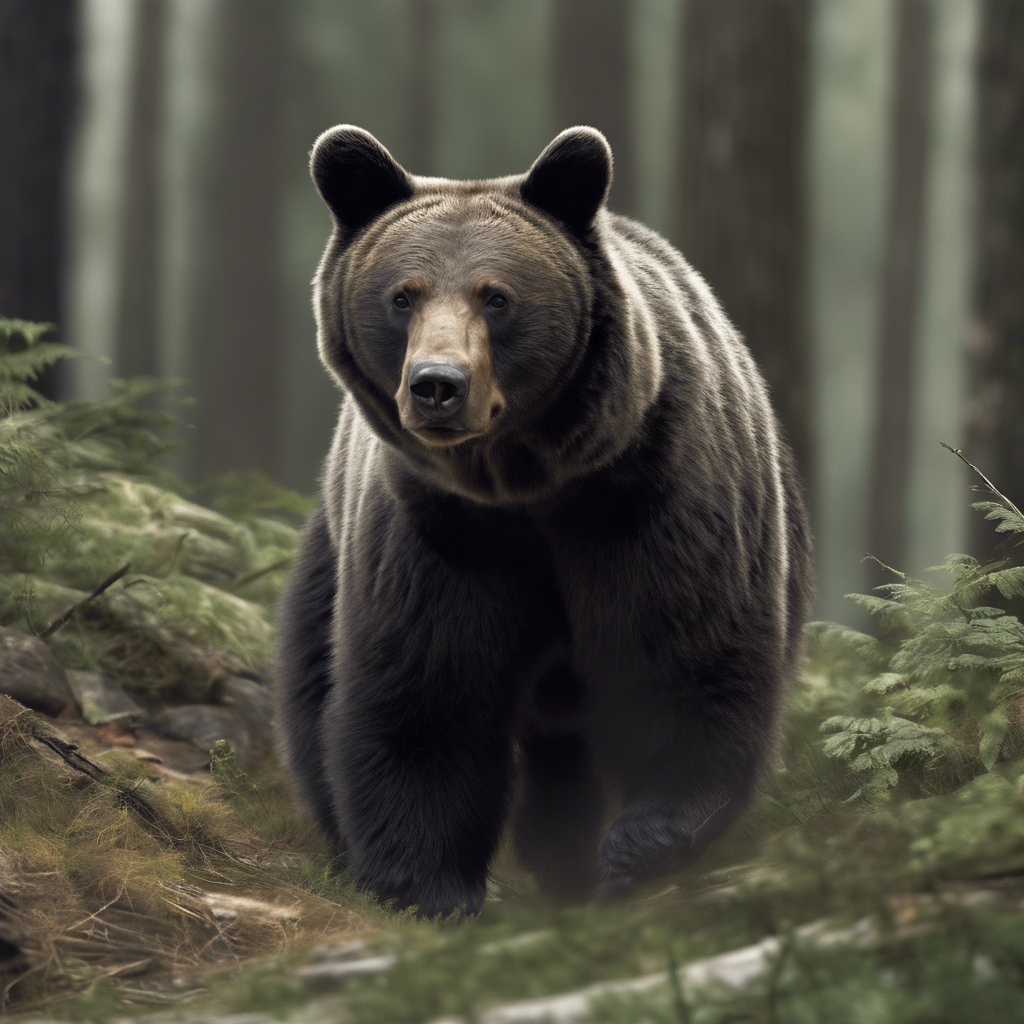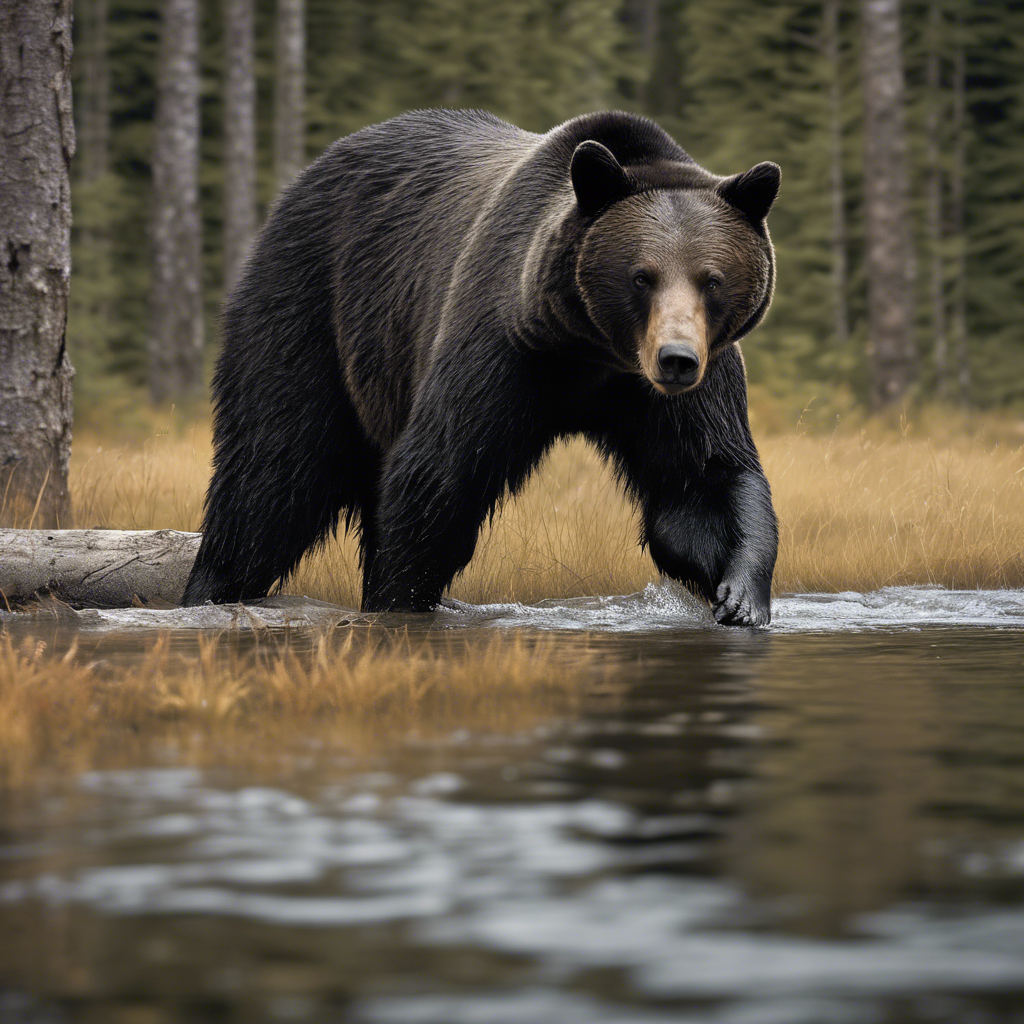Have you ever dreamt of encountering the magnificent black bears in the enchanting landscapes of the Northwest? These beautiful creatures never fail to captivate nature enthusiasts with their awe-inspiring presence. In this editorial guide, we delve into the intriguing eating habits, prime viewing locations, where to find these majestic creatures, and essential safety tips for a memorable experience with black bears.
Unveiling the Eating Habits of Black Bears
Black bears are known for their diverse diet, consisting mainly of plants, fruits, nuts, and occasionally small mammals and fish. During the berry season in summer and fall, they wander through lush forests in search of their favorite treats, enriching the ecosystem with their foraging habits. Observing them munch on berries or digging for ants can be a mesmerizing sight for any wildlife enthusiast.
Where to View Black Bears in Their Natural Habitat
If you're eager to catch a glimpse of black bears in the Northwest, there are several renowned spots that offer unparalleled viewing opportunities. Places like Olympic National Park in Washington and Banff National Park in Canada are home to thriving black bear populations. Keep your eyes peeled around rivers, meadows, and forested areas, where these bears often roam in search of food and water.
For a more adventurous experience, consider embarking on guided wildlife tours led by experts who can navigate you to prime black bear habitats while sharing fascinating insights into their behavior and ecosystem.

Where to Find Black Bears in the Northwest
Black bears are highly adaptable creatures, residing in a variety of habitats, including dense forests, mountainous regions, and meadows. When exploring these areas, keep an eye out for signs of bear activity, such as scratch marks on trees or paw prints in the mud. Remember to respect their space and observe them from a safe distance to ensure both your safety and theirs.
Safety First: Tips for Encountering Black Bears
While black bears are usually shy and non-confrontational, it's essential to follow safety guidelines to prevent any potential conflicts. Here are some key tips to keep in mind when encountering black bears in the wild:
Maintain a safe distance: Always observe black bears from at least 100 yards away to avoid disturbing them.
Make noise: Alert bears of your presence by talking or clapping your hands to avoid surprising them.
Avoid direct eye contact: In the animal kingdom, direct eye contact can be perceived as a threat, so it's best to avert your gaze.
Carry bear spray: When venturing into bear country, carry bear spray and know how to use it in case of an emergency.
By respecting these safety guidelines and being mindful of bear behavior, you can enjoy a memorable encounter with black bears while ensuring the well-being of these captivating creatures.

Embrace the Wonder of Black Bears in the Northwest
Immerse yourself in the natural beauty of the Northwest and embrace the wonder of encountering black bears in their picturesque habitats. Whether you choose to observe them from a safe distance or embark on a guided wildlife tour, the experience is sure to leave you in awe of these magnificent creatures and the diverse ecosystems they call home.
If you're seeking a thrilling adventure in the great outdoors, look no further than the Northwest, where black bears roam freely, reminding us of the importance of conservation and coexistence with nature's treasures.

Dive into the wilderness of the Northwest and let the allure of black bears awaken your sense of wonder and appreciation for the natural world. With a blend of curiosity and respect, you can embark on a remarkable journey into the realm of these iconic creatures, creating memories that will last a lifetime.
So pack your binoculars, lace up your hiking boots, and get ready to witness the untamed beauty of black bears in the Northwest!
Together, let's celebrate the charm and majesty of these remarkable animals, fostering a deeper connection with nature and a commitment to preserving the habitats they call home.
Let's embark on this wild adventure together and embrace the magic of black bears in the Northwest!"







